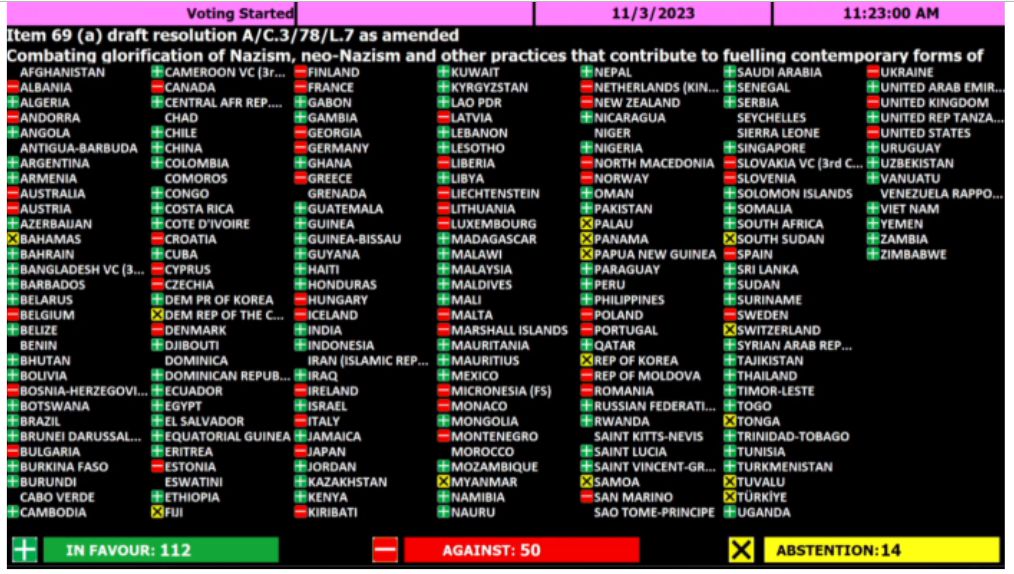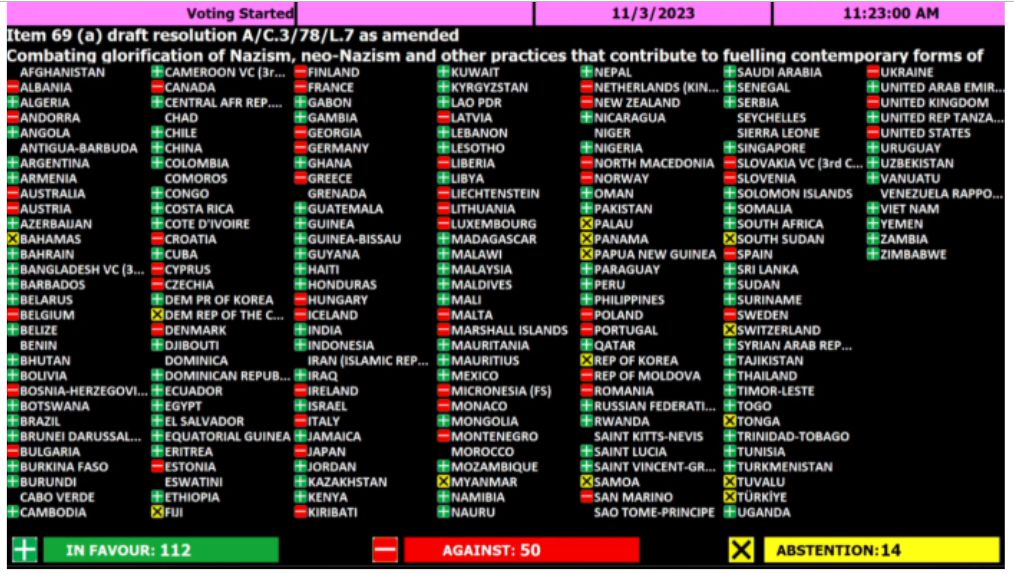A robust security system is built on the user’s permissions and two-factor authentication. They reduce the risk of malicious or accidental insider activity, reduce the impact of data breaches and ensure the compliance of regulatory authorities.
Two-factor authentication (2FA) requires a user to input credentials from two different categories to be able to log into an account. This could include something the user is familiar with (password or PIN code security question), something they have (one-time verification code sent to their phone or authenticator app) or something that they possess (fingerprint or face scan).
2FA is often a subset of Multi-Factor Authentication, which has more than two components. MFA is typically a requirement in certain industries, including healthcare (because of the strict HIPAA regulations) as well as ecommerce and banking. The COVID-19 virus has created a new urgency for organizations requiring two-factor authentication for remote workers.
Enterprises are living organisms and their security infrastructures are always changing. Users have roles that change, hardware capabilities are evolving, and complex systems are https://lasikpatient.org/2020/09/20/premium-diagnostics-from-cataract-surgery-is-the-best-optrion-for-severely-ill-patient/ being used by users. It’s important to regularly reevaluate your two-factor authentication strategy at regular intervals to ensure that it is able to keep up with these changes. One method to do this is through adaptive authentication which is a type of contextual authentication that will trigger policies based on how, when and where a login request is received. Duo provides an administrator dashboard centrally that allows you to easily monitor and set these kinds of policies.






Leave A Comment
You must be logged in to post a comment.